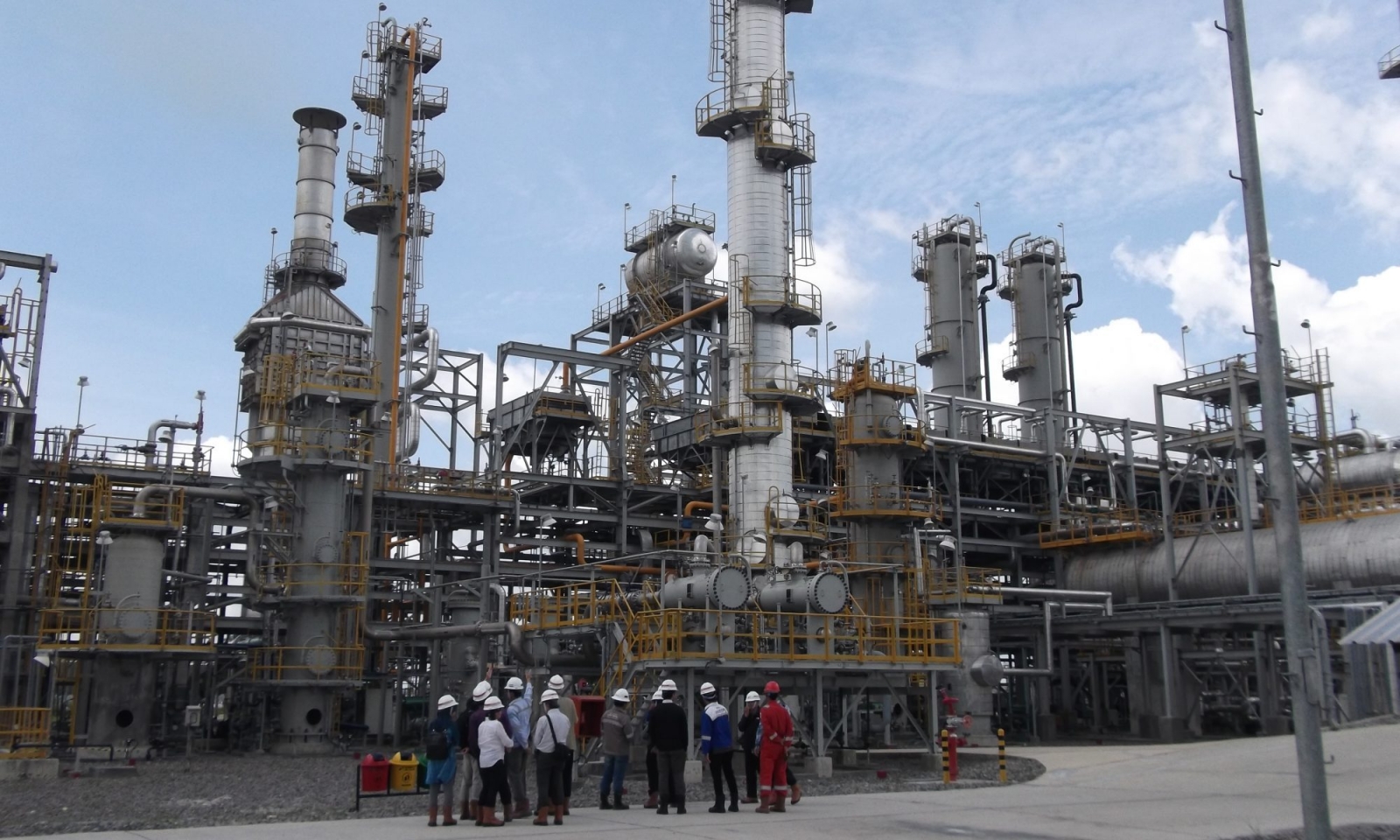.jpg)
(Photo: iStock)
Singapore is keeping an eye out for innovative ways to further reduce emissions in the long term. The government has said that it will boost research and development in carbon capture and storage (CCS). However, to scale up the technology, there are still many obstacles, leading some question whether CCS can be a long-term solution for emissions reduction.
Huge investments for CCS
In February, Teo Chee Hean, Senior Minister, said in Parliament that CCS can provide heavy emitters, such as those in the chemical and power sectors, with an advantage in the green transition by aiding them in decarbonizing more effectively.
The government said in March that it would be giving around S$12 million in grants for research and development in emerging technologies, including novel ways of capturing CO2 in low concentrations. CO2 emissions tend to be released in diluted concentrations, making capture difficult, thus lots of research is going into developing techniques to capture CO2 in a cost-effective way.
In addition, Singapore has limited potential for local CO2 storage due to the absence of suitable underground geological formations. Therefore, the country is engaging in discussions with its regional partners about the possibility of shipping CO2 to them for potential storage.
Offshore carbon storage
For instance, the country has inked a letter of intent with Indonesia to work on a cross-border CCS project which will allow companies in Singapore to ship their carbon to be stored there once it finalized.
The government is also working with ExxonMobil and Shell to explore the feasibility of aggregating carbon emissions in Singapore for storage in other countries. Malaysia, Australia and Brunei also have advantaged geological potential for carbon storage, Teo noted in February. The industry consortium called S Hub, will also collaborate with regional partners to locate potential storage sites.
S Hub’s plan is to develop a CCS project by 2030 that permanently stores at least 2.5 million tons of CO2 a year.
Capture volume is limited
There are around 40 operational carbon capture, utilization and storage (CCUS) projects worldwide, with about 25 under construction. More than 300 such projects are in the planning stage.
According to the World Resources Institute, approximately 45 million tons of CO2 are being captured globally, accounting for just 0.1%t of global emissions.
For comparison, S Hub would capture around 2.5 million tons of CO2 per year for storage, which is less than 5% of the country’s total yearly emissions, amounting to 57.7 million tons in 2021.
Costs could be very high
Despite its importance in pushing the world decarbonize, the technology faces numerous roadblocks that currently hinder its widespread use. For one, the cost of CCS projects can be very high due to design complexities and the need for customization at each site or location.
The price of wind and solar energy has fallen over the last decade, making them cheaper alternatives, while carbon taxes are not yet high enough to make CCS economically attractive.
Alvin Ee, a research fellow from NUS Energy Studies Institute, referenced a study commissioned by the National Climate Change Secretariat and the Economic Development Board and noted that the weighted average cost for capturing carbon from industrial sources in Singapore is around US$85 per ton of CO2.
Extensive monitoring needed
Additionally, the cost of transporting and storing carbon could vary depending on the mode of transport and the storage location.
For example, shipping CO2 may cost an additional US$16 to US$31 per ton, while injecting CO2 at a site offshore could cost between US$3 and US$31 per ton. The carbon tax now stands at S$25 per ton of CO2, which will increase to between S$50 and S$80 by 2030.
Grant Hauber from the Institute for Energy Economics and Financial Analysis said that once the CO2 has been stored, extensive monitoring will be needed to ensure it does not leak back into the atmosphere.
Typically, storage site operators will need to set aside performance bonds of up to 50 years, essentially ensuring that they reserve sufficient resources to address any potential leakage or other emergencies, said Hauber.
By contrast, regulation in Indonesia requires only require up to 10 years of responsibility for carbon storage sites, and they have not defined how much money should be provisioned to address leakages, he said. It means that the responsibility for the site will depend on Indonesian government after the 10-year period, and any CO2 leaks will add to the country’s emissions burden.

(Photo: Indonesia Center of Excellence for CCS/CCUS)
Greenwashing controversy
Before being promoted as a solution to climate challenges, CCS solutions were used to enhance oil and gas recovery by injecting CO2 into depleted underground oil and gas reserves.
However, permanently storing CO2 underground can pose greater challenges compared to extracting oil and gas, as it needs more technical expertise to ensure that the chosen storage site has suitable geological features, said Hauber.
Putra Adhiguna from Energy Shift Institute cautioned that, particulary in Southeast Asia, it is important to make a clear distinction between using CCS as a means to support fossil fuel expansion, which could be seen as greenwashing, and CCS as a climate solution.
For expample, BP intends to reduce the carbon emissions of its gas recovery project in Indonesia by CCS, while Malaysia has a similar plan for its Kasawari gas field.




